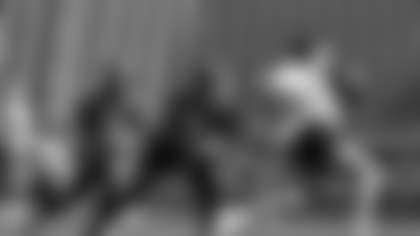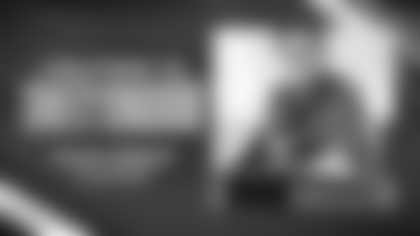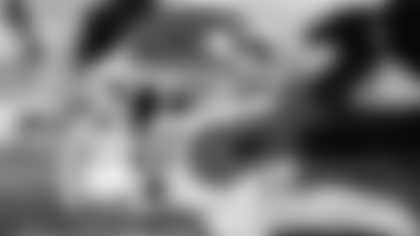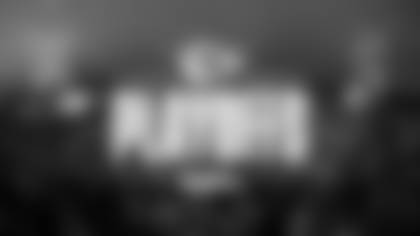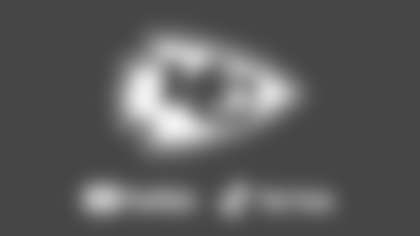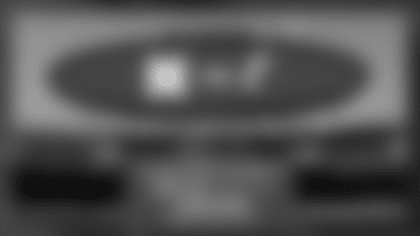In the world of sports, challenge is all but essential.
Athletes will be challenged. They will fail, and their story will ultimately depend on whether or not that failure defines them.
In the end, someone will always tell them they can't do it or they aren't good enough.
The challenge and doubt presented is the fuel that could lead them to greatness.
It's up to them to respond.
After the Kansas City Chiefs Super Bowl I loss to the Green Bay Packers by a score of 35-10, many felt the popular belief that the AFL would always be inferior to the NFL had been proven. Many, including Green Bay Packers head coach Vince Lombardi.

"I think the Kansas City team is a real tough football team, but it doesn't compare with the National Football League teams.
"That's what you want me to say. I said it."
Stram and his team took it personally, and the comments burned in their memories during the seven-month offseason.
"In the media and amongst most fans, there was a general belief that the AFL was inferior in terms of the coaching, the quality of the quarterbacks and the level of competition," said Michael MacCambridge, the author of "America's Game."
The AFL-NFL merger was set to finalize within the coming years, and both leagues agreed to play preseason inter-league games as a way to work into it. Lamar Hunt's Chiefs were set to play George Halas' Chicago Bears.
And thus, the Chiefs were set for a long-anticipated revenge on the NFL.
"The place that I recognized the seriousness of the Chiefs and the Green Bay loss in Super Bowl I occurred in my rookie year when we played the Chicago Bears in Kansas City," said former Chiefs linebacker Willie Lanier.
They're not counted in regular season standings and winning preseason games in the modern era doesn't prove much—unless you're the 2003 New England Patriots or the 2000 Baltimore Ravens. It's been said countless times before: "Preseason games don't mean much."
Yet not one could convince first Chiefs head coach Hank Stram of that.
On the morning of August 23, 1967, a new Kansas City Chiefs team took the field. With the public belief still against them and every headline replaying the events of January 15, Stram prepared his team.
"This is not just another exhibition," Stram said. "They know it's the Bears they're playing. Sometimes words don't have any meaning, they're unimportant. This may be that time."
Then, in front of 33,041 people, the Chiefs did something amazing— they won.
Chicago scored first with a 35-yard field goal by kicker Bruce Alford. That drive was easy for the Bears, who were led by older quarterback Rudy Bukich, but they would never lead again in the game.
The Chiefs first drive didn't take long, either. Quarterback Len Dawson connected with wide receiver Otis Taylor on a 70-yard touchdown pass and the stage was set. The Bears defense began to unravel entirely with their offense following not far behind.
Kansas City's offense featured a shifty, versatile tight end I-formation, one unlike Chicago or any team in the NFL had ever seen. The Chiefs moved tight end Fred Arbanas around so quickly that the Bears barely had time to set before Dawson snapped the ball. Pair this with the running back duo of Mike Garrett and Curtis McClinton and Kansas City's offense was lethal in every sense of the word.
The Chiefs completed their first ever two-point conversion on a fake PAT. It became the first in the history of the AFL-NFL inter-league exhibition games. Then, in the last minute and 43 seconds of the half, both teams scored a combined 24 points Kansas City with 2 touchdowns and a field goal, and Chicago with 1 touchdown on a 103-yard kickoff return. The halftime score rested at 29-10, Chiefs.
Following the first half, Chicago benched Bukich in favor of their backup quarterback, Larry Rakestraw. Rakestraw completed his first throw for 12 yards. His second would be batted down by Chiefs unbelievably daunting defensive end Buck Buchanan. And his third would be intercepted by linebacker Sherrill Headrick.
By this time, Dawson had been replaced by backup quarterback Pete Beathard, both of whom had suffered the week before with the flu. Most of the defense was spotted with reserves and both teams had scored 2 more touchdowns, leading them to play their backup quarterbacks with two minutes remaining in the game.
It was then that "The Super Gnat," wide receiver Noland Smith, shot out of the woodwork for a 99-yard kickoff return.
After Smith's run on a battered Bears defense, Kansas City racked up yet another interception on a tattered Rakestraw pass.
Then came the moment an underdog team thrown aside by an entire league seized a long-waited reprisal. The moment that would forever separate this team from the rest.
Instead of sitting the starters for the final minutes, the Chiefs huddled together and decided they would write their own history.
Beathard bombed a 60-yard pass, then on the next play, walked into the end zone on a 2-yard bootleg.

The 1967 Chiefs won that game by a score of 66-24, with those 66 points being the most ever run up against the Bears in the franchise's 47 years of National League exhibition and championship play.
"It was as outstanding a performance as I've ever seen," Lanier said, "and I'm sure it really was one of making a statement. There was quality here and that quality was going to have to be reckoned with at some point."
Though the NFL topped the AFL in preseason games 13-3 that year, Kansas City staked their claim for the future, proving to all teams that Lamar Hunt's Chiefs were ready for their next challenge.
And in the end, that challenge is what made them legends.







